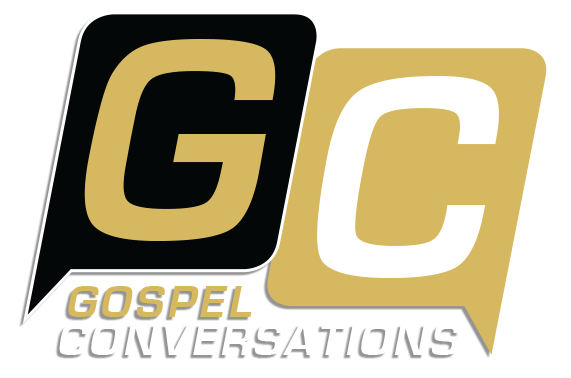One Body, Many Parts
Read the following together or separately:
“Then the Lord God formed man out of the dust from the ground and breathed the breath of life into his nostrils, and the man became a living being.” - Genesis 2:7
Sun streams through the window, bringing the day’s first glimpses of light, prodding our bodies to wake up and face the day. Slowly our eyes open, a quick stretch, and a deep breath to awaken the first few hours of the morn. It is in those very breaths, in the silence of beginnings, that we proclaim the name of YHWH. Deep breath in, deep breath out. It is the name of YHWH, the God of Love, that causes our heart to beat and our lungs to fill up with life. It is through the foundation of our breath that we are called to whole body service to the Creator of all things. We are reminded that He not only desires our very heart beat and breath, but our eyes, ears, stomach, mind, nose, mouth, feet, and hands to bring the very life and love of God that we have been given, to the rest of the world.
Plot twist.
“One of the synagogue leaders, named Jairus, came, and when he saw Jesus, he fell at His feet and kept begging Him, “My little daughter is at death’s door.” - Mark 5:23
And in another moment, this breath stops. Lungs give way and the heart ceases to beat, the very creations that were created for life and love, stop working. Death and disease corrode the very things intended to allow our bodies to walk, run, leap and jump. This is not how it was intended to be.
When our lungs give out and our heart stops beating, our bodies can no longer proclaim the life and love we have been given. When our hearts are no longer turned with worship toward YHWH, who gives us life, and are no longer living out our intended whole body purpose in the world, we give way to death. James tells us: “But each person is tempted when he is drawn away and enticed by his own evil desires. Then after desire has conceived, it gives birth to sin, and when sin is fully grown, it gives birth to death.” - James 1: 14-15
Thankfully, we don’t have to sit in the sting of death and disease forever.
“Therefore, brothers, by the mercies of God, I urge you to present your bodies as a living sacrifice, holy and pleasing to God; this is your spiritual worship.” - Romans 12:1
The Creator of all things, YHWH, the God of Love, and the Great Physician who is able to heal every disease and sickness and death, is most glorified when the whole body of Christ works together in unity. In the same way, the Lord is most glorified when our whole bodies are used for their intended purpose. When our feet are used to take us to the unfamiliar and uncomfortable places for the sake of the kingdom, when our hands are used in the service of others, and when our mouthpiece is used to speak peace, truth, and care to the ears of others, our bodies as living sacrifices, live out their intended purpose and point to the Creator of it all.
This semester, we will be exploring what it means to serve the Lord with every part of our bodies. We will learn God’s desire to transform our hearts, take a look at what it means to wonder at the Lord’s creation through our eyes, what it means to hear and understand God’s truth through our ears, what it means to pay attention to our nose, a tool of discernment, and what it means to use our hands in the service of the King and to show kindness to others. Through our human and earthly bodies, we can learn from the Anatomy of the Kingdom what it means to fully surrender each part of ourselves, to the restorative work of the Great Physician.
Things to Remember:
- God does not just save our souls from sin, He saves us for whole body service in the Kingdom.
Questions to Ponder:
- What are your initial thoughts after reading this together?
- Have you ever heard of something like this before?
- What makes sense? What is confusing?
- Do these words excite you or scare you? Why?
- How can we walk alongside one another through the learning and growing process this semester?
